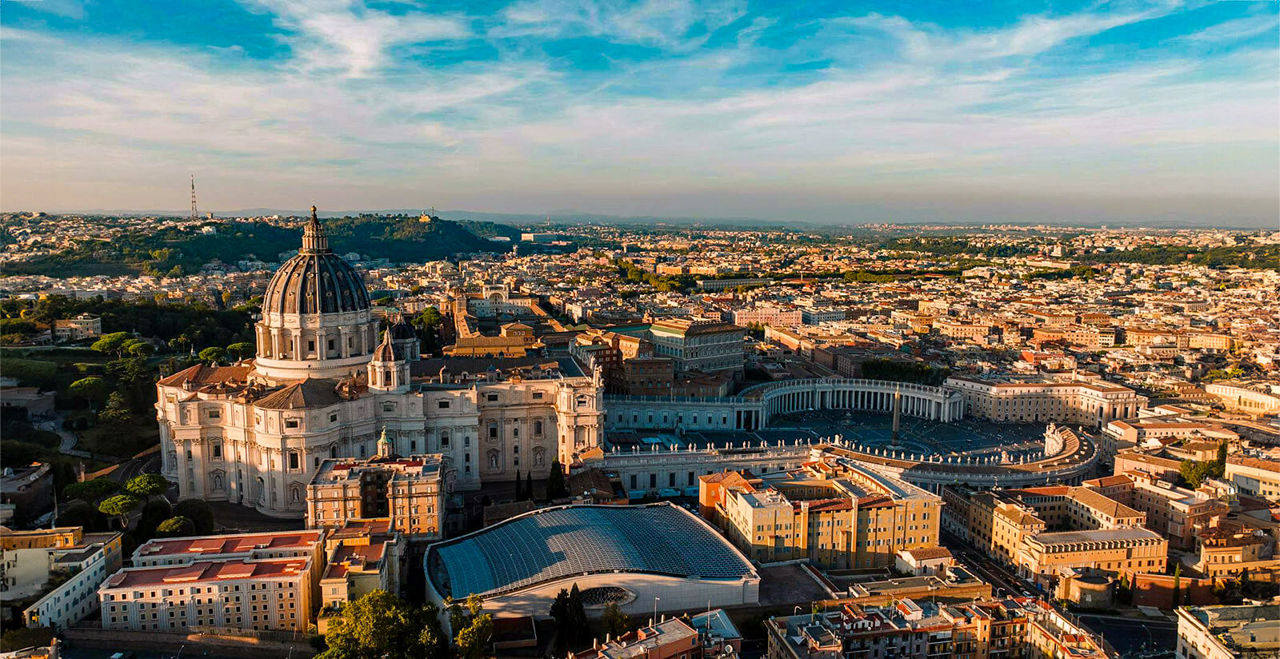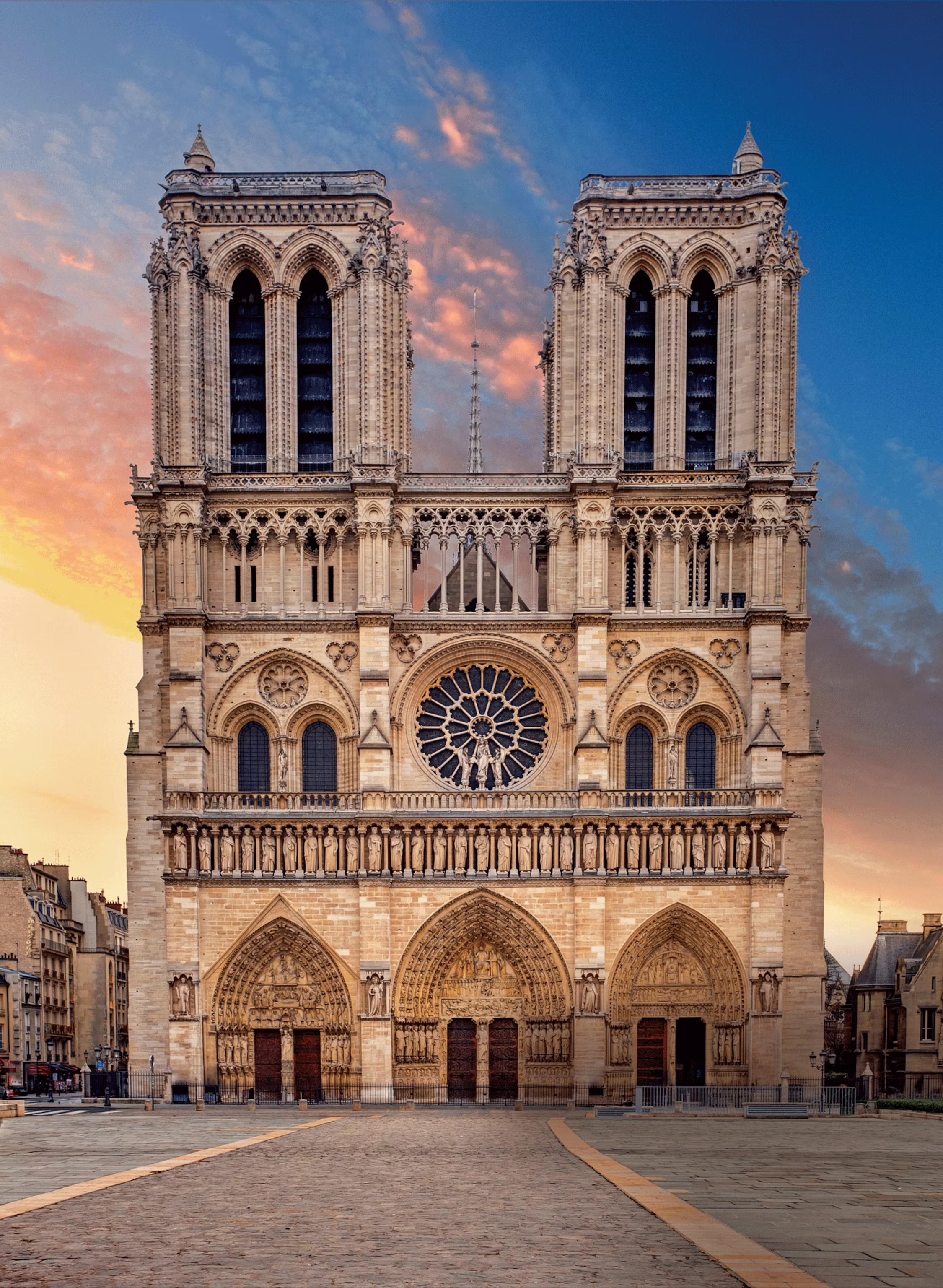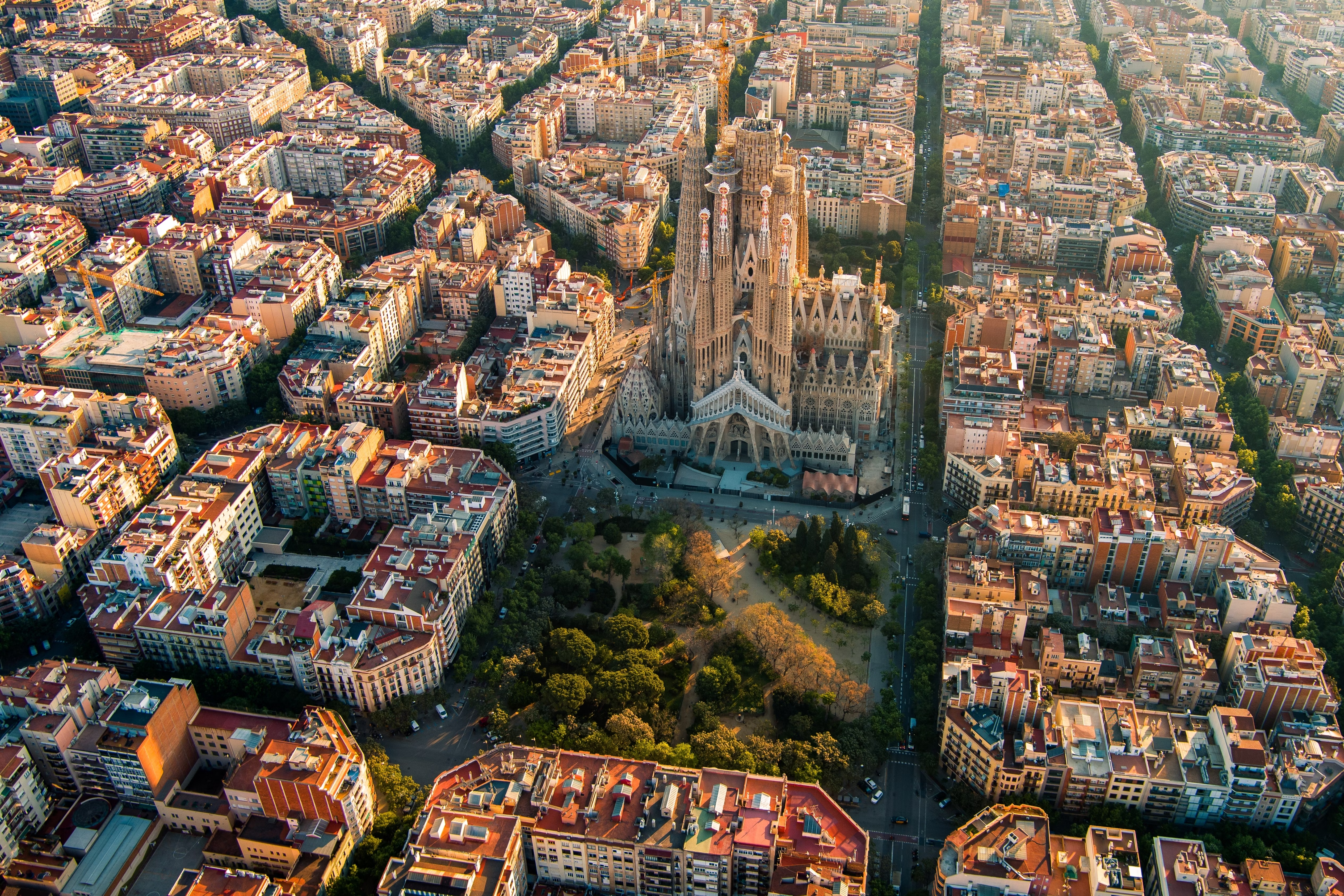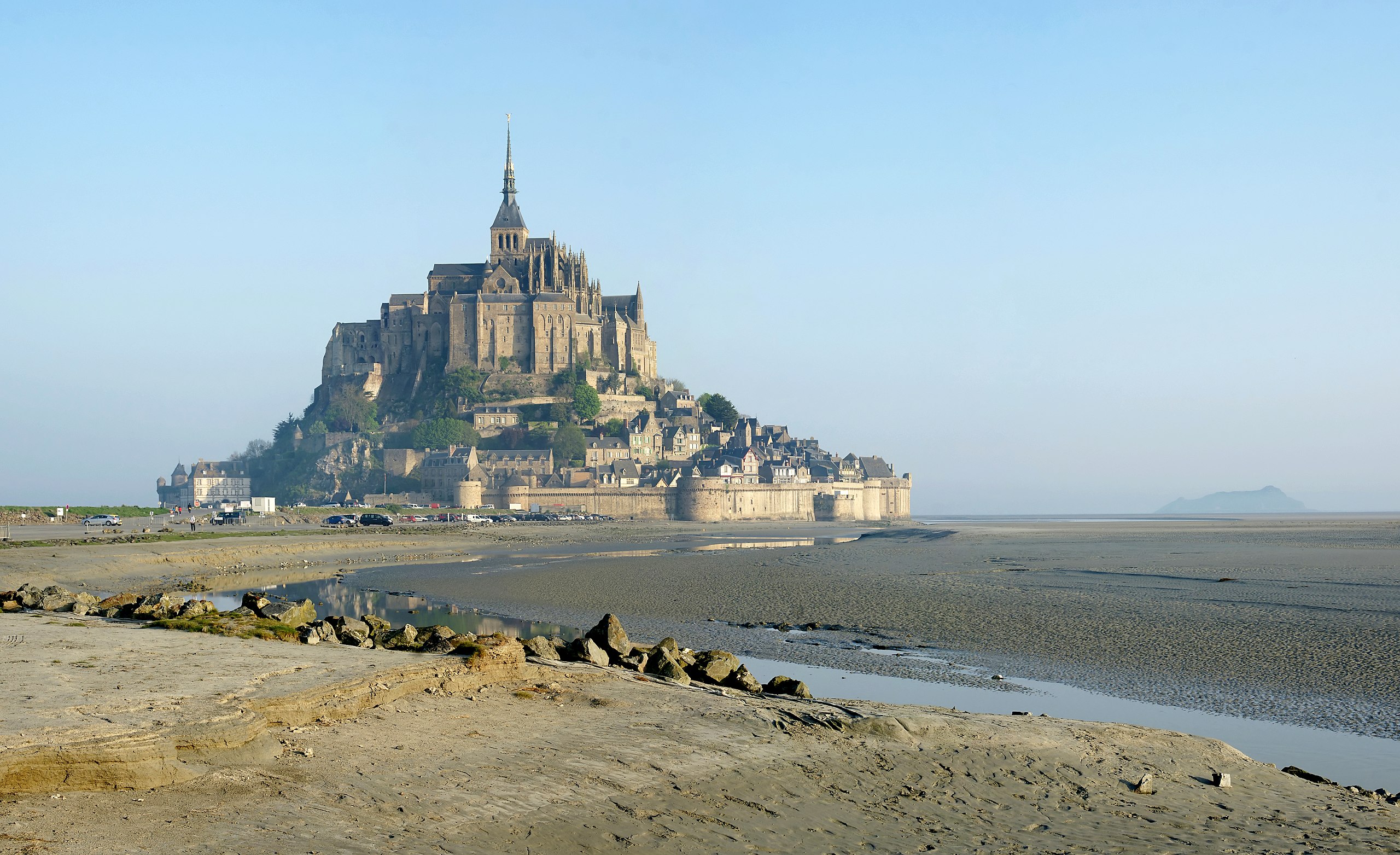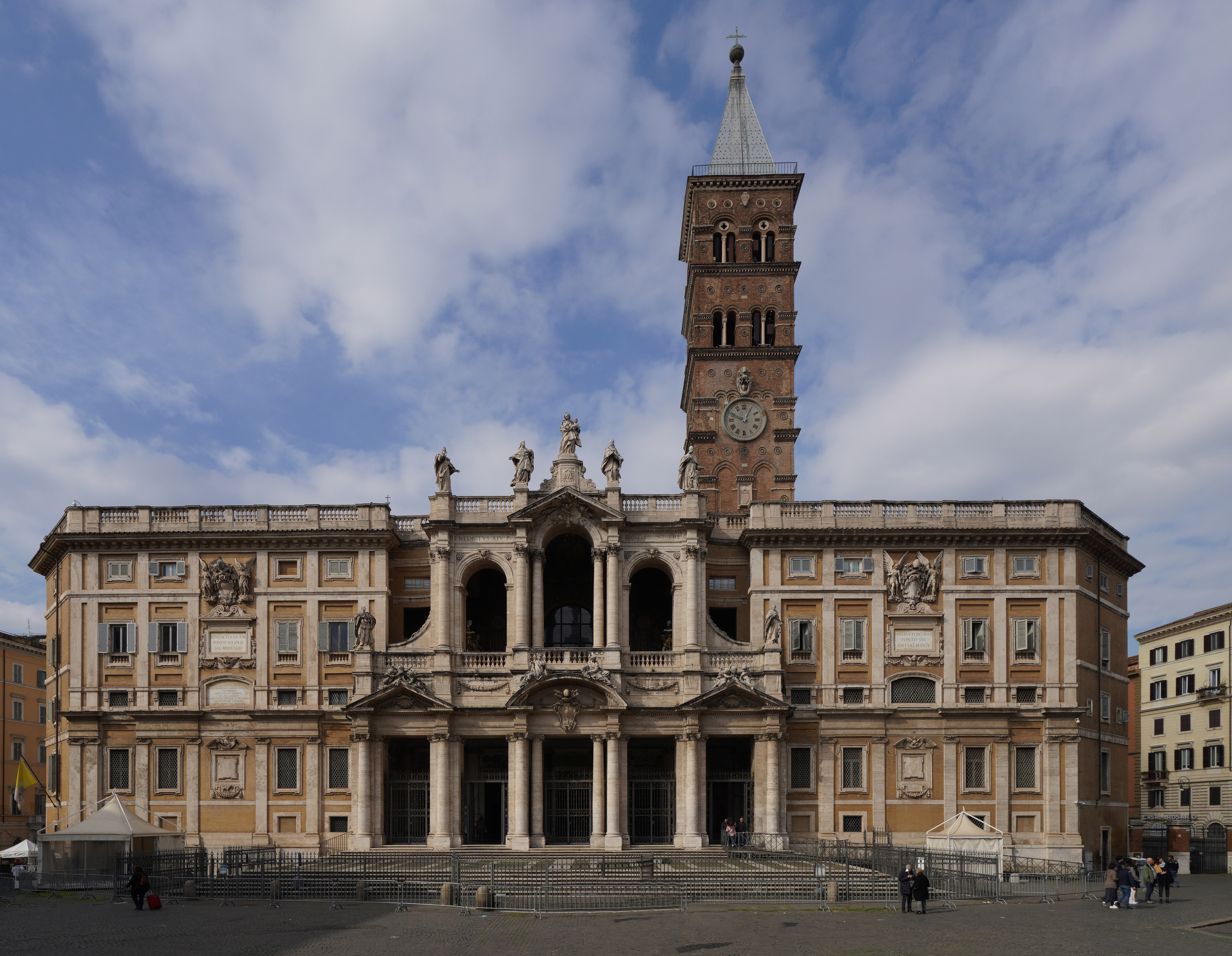
Basilica di Santa Maria Maggiore
One of Rome's four major papal basilicas, it contains one of the best-preserved Byzantine interiors in the city. The basilica houses stunning 5th-century mosaics depicting Old Testament scenes and is famous for housing relics of Christ's manger from Bethlehem.
Historical Context
Basilica di Santa Maria Maggiore was constructed during the paleo-christian period, specifically between 432-440. This era was characterized by significant developments in architectural techniques and religious expression.
The construction was commissioned by the Pope and Church authorities and took place during a time of significant religious and cultural development. The building has survived through centuries of history, witnessing the Renaissance, political unification of Italy, and World Wars.
Over the centuries, Basilica di Santa Maria Maggiore has undergone several renovations and restorations, each adding to its historical significance while preserving its original character and purpose.
